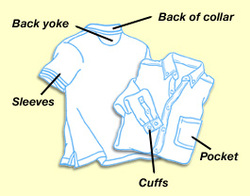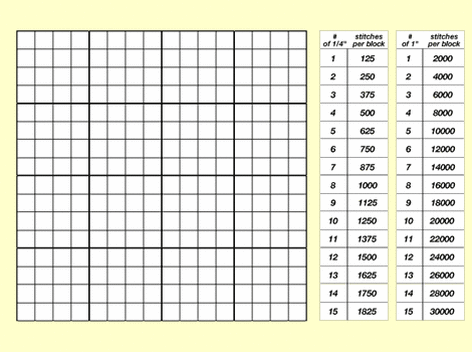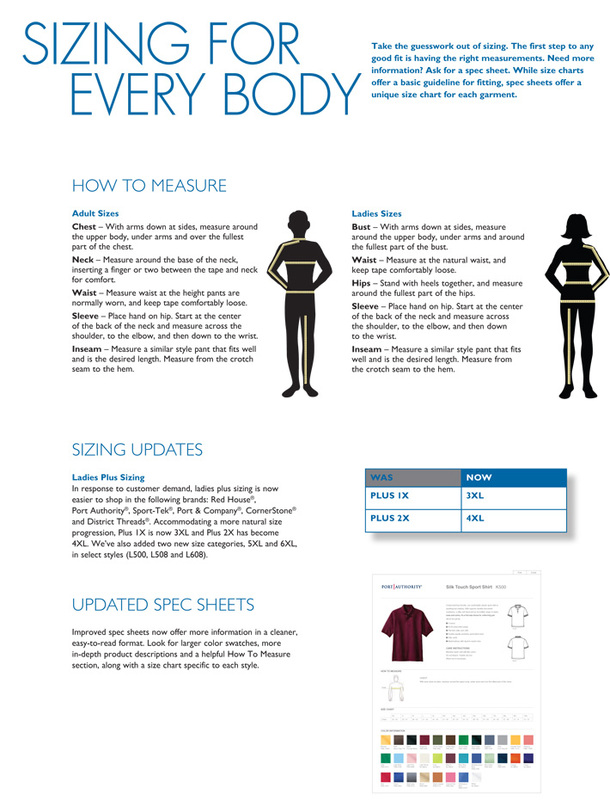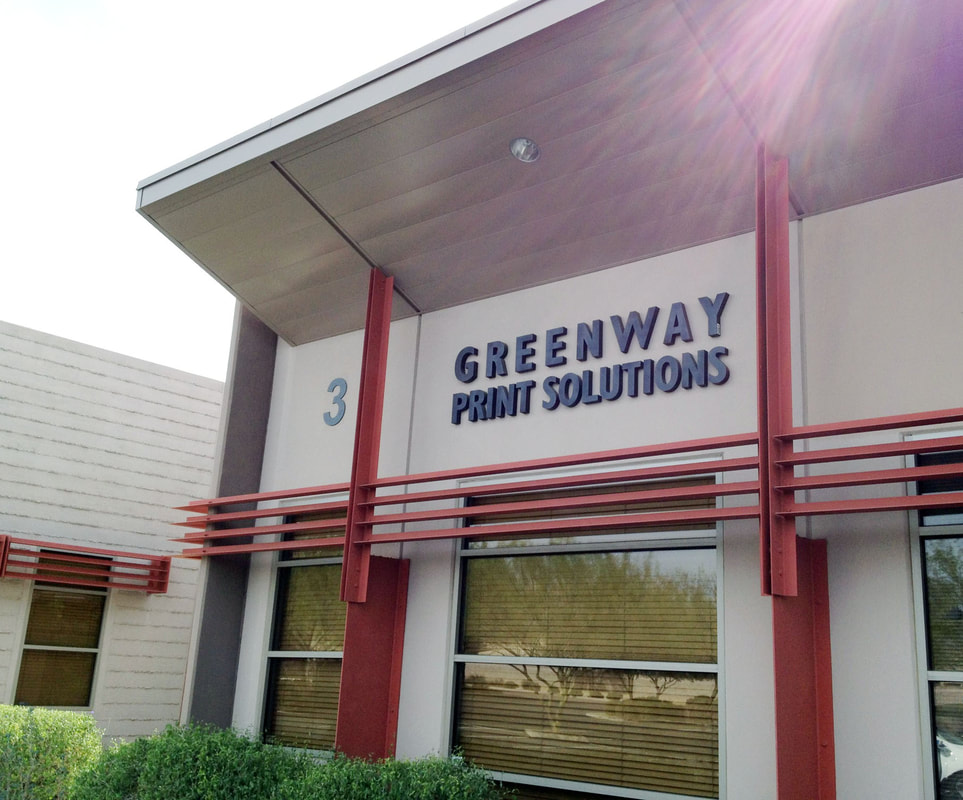USEFUL APPAREL INFORMATION
Shirt Terms

Embroidery Stitch Count

Estimating Stitch Count
Here is an easy way to estimate the amount of stitches you’ll need for great-looking logos.
- Print out the grid below
- Cut out your artwork and place it over the grid
- Count the number of boxes it fills, then find that number in the chart
- If your design goes outside the grid, estimate the extra grid space you need and add it to your original total.
Other Points to Remember when Estimating a Stitch Count
- 1 solid square inch of embroidery equals approximately 2,000 stitches.
- 1 solid square 1/4 inch of embroidery will equal about 125 stitches.
- No letter should be smaller than 3/16". Each letter 1/4" in height equals about 100 stitches.
- Drop shadows in your logo will translate to 200 extra stitches per inch.
- Straight lines under logos typically require 200 extra stitches per inch.
- Fabrics, colors, and artwork detail will affect the amount of stitches.
It is important to remember that these stitch-count tips, and the stitch-count grid, provide estimates only. They are a good starting point to arrive at a ballpark count, but the precise figure can only be determined when the actual embroidery of your design is performed.
Note: Due to differences in computers and printers, the size of the grid may be distorted when you print it out. Be sure to check that 1-inch squares actually measure 1 inch on your printout (do the same for 1/4-inch squares). If such a size distortion occurs, you can scale your printout of the grid to a more accurate size using a copier.
Here is an easy way to estimate the amount of stitches you’ll need for great-looking logos.
- Print out the grid below
- Cut out your artwork and place it over the grid
- Count the number of boxes it fills, then find that number in the chart
- If your design goes outside the grid, estimate the extra grid space you need and add it to your original total.
Other Points to Remember when Estimating a Stitch Count
- 1 solid square inch of embroidery equals approximately 2,000 stitches.
- 1 solid square 1/4 inch of embroidery will equal about 125 stitches.
- No letter should be smaller than 3/16". Each letter 1/4" in height equals about 100 stitches.
- Drop shadows in your logo will translate to 200 extra stitches per inch.
- Straight lines under logos typically require 200 extra stitches per inch.
- Fabrics, colors, and artwork detail will affect the amount of stitches.
It is important to remember that these stitch-count tips, and the stitch-count grid, provide estimates only. They are a good starting point to arrive at a ballpark count, but the precise figure can only be determined when the actual embroidery of your design is performed.
Note: Due to differences in computers and printers, the size of the grid may be distorted when you print it out. Be sure to check that 1-inch squares actually measure 1 inch on your printout (do the same for 1/4-inch squares). If such a size distortion occurs, you can scale your printout of the grid to a more accurate size using a copier.
Sizing
Screen Printing
Although embroidery is a popular way to decorate clothing, there may be times when screenprinting is appropriate. In these instances, it is important to consider the following points.
It’s important to remember that every color you want used in your artwork means another screen to create, set-up, and print through.
The costs connected with these screens depend on the techniques used.
It’s always beneficial to print more items than less because of the set-up charges involved. If in doubt about the final quantity of screenprinted items you’ll need, it’s often more economical to order more than you think will be required.
Every color has an associated cost; different colors have different chemical make-ups, which make them more or less expensive than others.
Drop shadows, shading and anything that blends from light to dark will probably end up looking like a series of dots and should be avoided. (This does not apply to single-color halftone gradients).
Most likely, the following special requirements will add to your screenprinting costs:
- If you need your screenprinting to match an exact color, requiring inks be custom-mixed to achieve that PMS color
- The process that allows colors to show correctly on dark goods
- Additional locations on a garment
- Special (not the normal) logo locations
It’s important to remember that every color you want used in your artwork means another screen to create, set-up, and print through.
The costs connected with these screens depend on the techniques used.
It’s always beneficial to print more items than less because of the set-up charges involved. If in doubt about the final quantity of screenprinted items you’ll need, it’s often more economical to order more than you think will be required.
Every color has an associated cost; different colors have different chemical make-ups, which make them more or less expensive than others.
Drop shadows, shading and anything that blends from light to dark will probably end up looking like a series of dots and should be avoided. (This does not apply to single-color halftone gradients).
Most likely, the following special requirements will add to your screenprinting costs:
- If you need your screenprinting to match an exact color, requiring inks be custom-mixed to achieve that PMS color
- The process that allows colors to show correctly on dark goods
- Additional locations on a garment
- Special (not the normal) logo locations


